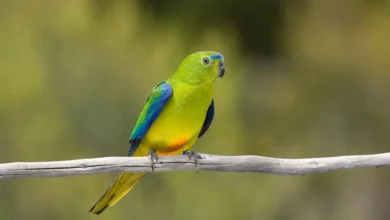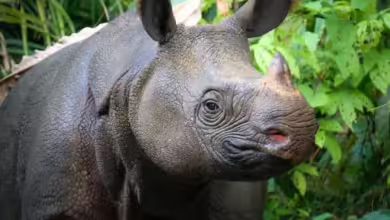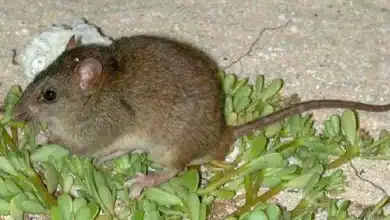A Terrible Year For Rhinos
Accelerated Poaching Made 2011 The Worst Year Yet For All Species Of Rhinoceros
Despite a muscular increase in South Africa’s anti-poaching law enforcement efforts, the illegal killing of rhinos has continued its aggressive upswing in that country—as well as in almost every other country to which rhinos are native.
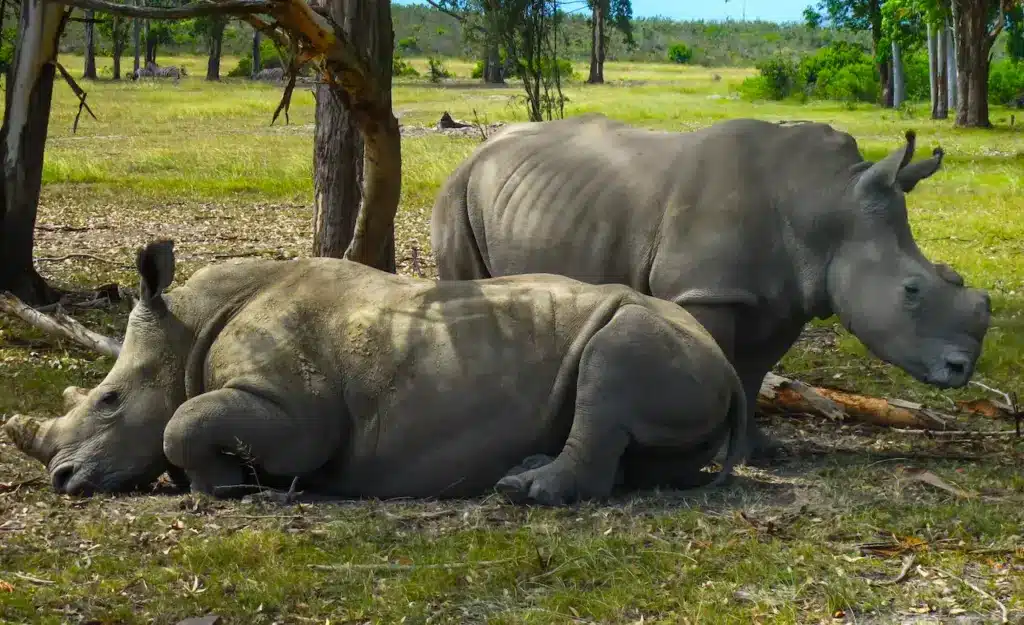
In mid-December, the international anti-poaching organization, TRAFFIC, reported that 430 South African rhinos had been illegally killed in 2011—with two weeks still remaining in the year. The number was an increase over the number of rhinos poached in 2010, when over 300 rhinoceroses were slaughtered for their horns—and the 2010 toll was triple the number of South African rhinos killed in 2009.
South Africa is the country with the largest number of rhinos. Along with a couple of thousand Critically Endangered black rhinos, the country is home to around 20,000 Southern white rhinos, the world’s most numerous rhinoceros subspecies. Despite their relatively high numbers, like any rhinoceros species, white rhinos breed slowly, producing a single calf at a time, and the continued illegal killing of hundreds of them each year will likely lead to their extinction within a matter of decades.
During 2010, a number of poachers were slain in gun battles with South African wildlife officials. In early 2011, South African authorities vowed to boost law enforcement resources in the escalating war to save rhinos from increasingly well-equipped poachers, who had even begun using helicopters and night vision technology to commit their crimes. Authorities are learning more about guns and the tactics used by these poachers to make sure they are found. The South African effort included dispatching military troops to Kruger National Park, the huge crown jewel of the country’s system of wildlife preserves.
There are five major rhinoceros species in Africa and Asia: Africa’s white and black rhinoceroses, and Asia’s Indian, Sumatran, and Javan rhinos. In addition, the black rhino is divided into several geographically separated subspecies, and the white rhino is considered to have two subspecies.
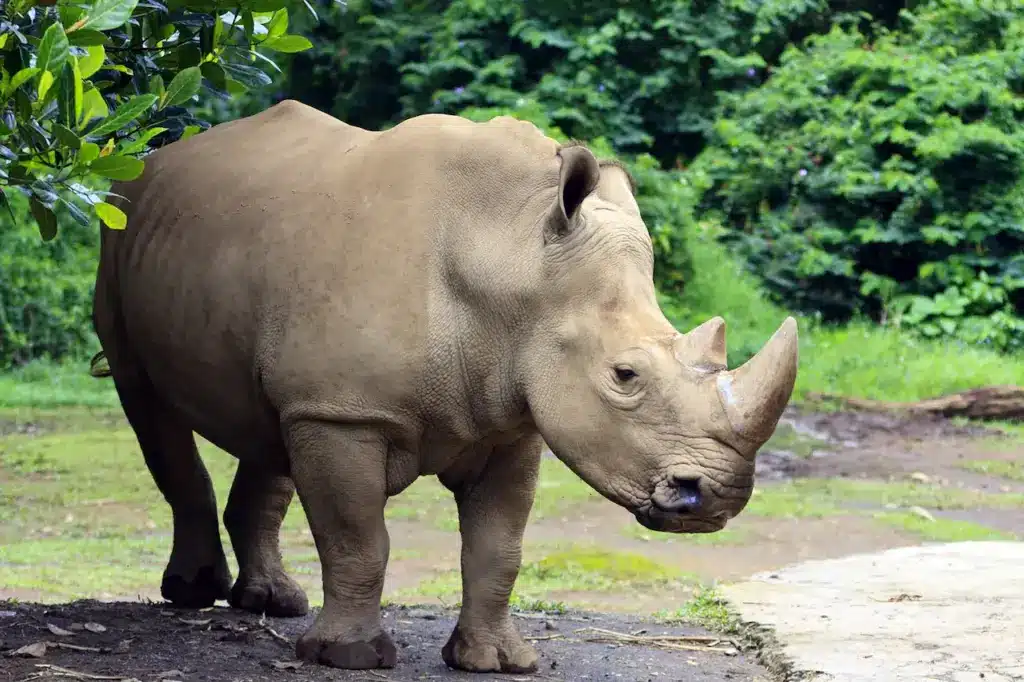
In early 2011, the Javan rhino (Rhinoceros sondaicus), was extirpated from Vietnam when the last member of the species was killed illegally in a Vietnamese national park. Between 40 and 60 Javan rhinos remain in one relatively small area on the Indonesian island of Java. One of All About Wildlife’s Top 10 Endangered Species, the Javan rhino is under intense pressure from illegal hunting as well as habitat loss.
2011 was also the year when the International Union for the Conservation of Nature (IUCN) declared one of four black rhinoceros subspecies—the western black rhinoceros—to have gone extinct in West Africa. The last West African rhinos were seen in Cameroon. The three surviving black rhino subspecies occur in different parts of Africa—around 3,500 animals in all, and an alarmingly paltry number compared to the 200,000 black rhinoceroses that may have roamed the continent as late as 1960.
Meanwhile, although the Southern white rhinoceros population remains in relatively good shape in the face of increasing poaching pressure, the Northern white rhino subspecies is on the verge of extinction, with only four individuals remaining in Kenya.
Rhinos have few natural enemies. However, their horns are worth more than their weight in gold in some Asian countries, most notably China and Vietnam, because of the demand for their use in folk medicines that are superstitiously believed to cure illnesses ranging from fevers to cancer. In recent years, demand has increased exponentially as the Chinese population has grown more affluent and able to afford such boutique “medicines.”
